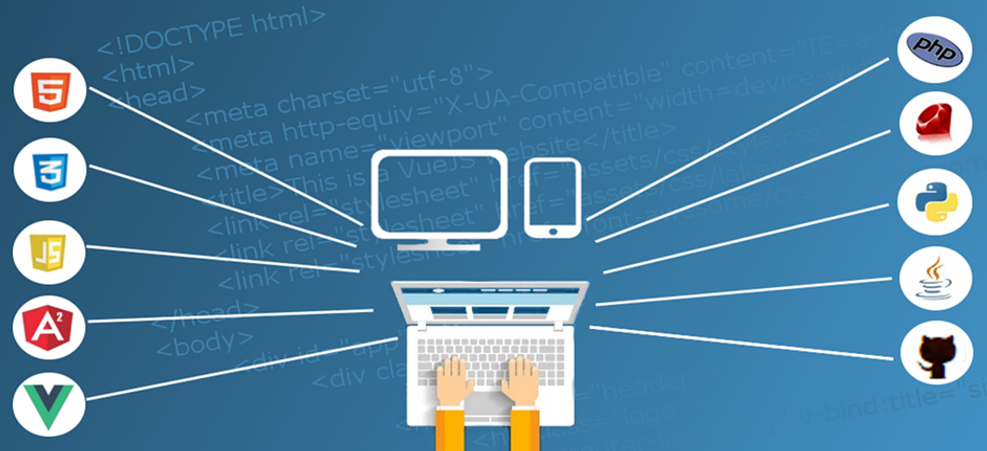In a world of complexity, the strategy most developers reach for is, of course, complexity. The more intricate and detailed a website is, the better, in some cases. Indeed, when code such as Kotlin can make functional and object-orientated programming features a breeze, why wouldn’t you go all out? For example, if you click here and dive into the coding behind Pinterest, you’ll see that it features Kotlin elements. As Android engineer Christina Lee said in 2018, Pinterest is Kotlin-first but not Kotlin-exclusive. However, the language has been used for its tooling support and, moreover, its Google-friendly nature.
Whatever the reasons, Kotlin is just one example of a coding language that’s evolved since its release in 2011. This, in turn, has led to the creation of more complex features and, therefore, apps. However, for all the beauty of functionality that modern programming languages offer, there’s an argument to be made for simplicity. In fact, it’s more than an idiosyncratic argument. Although the term “science” is being loosely applied here, a 2012 study by Google found that users prefer simple websites in some contexts.
It Takes a Split-Second to Decide
Now, the immediate drawback here is the that fact this study took place in 2012 when the internet looked very different. Today, a website with a lot of page elements would be more efficient than one made in 2012. However, the fact remains that most people like simplicity. According to the study, the majority of people rated complex websites as “less beautiful” than basic ones. Moreover, this judgment was made within 1/20th of a second in most cases. Finally, prototypical websites i.e. those that are consistent with trends in a certain industry/genre, were rated as better.

By these measures, people want a site that’s easy to understand and scannable. YouTube might be a behemoth in the digital world but it’s actually a fairly simple site. You’ve got a search box, a video preview, and a short description of said video. It’s a similar story in the product comparison market. In a world where consumers want bit size facts and quick ratings, simplicity is always the go-to strategy. Try this casino comparison site, for example. Bonus Finder provides a star rating, any particulars with regards to codes and promotions, and the ways people can pay. It takes seconds to scan the page and, in turn, unlock a relevant deal.
The Mind Likes to Flow
Why would the developers opt for a basic table of contents and not add some fancy features? Well, it comes down to a concept known as cognitive fluency. Otherwise known as processing fluency, this area of research was first proposed by Jacoby and Dallas in 1981. They argued that past experiences are processed more efficiently. This leads to the idea that familiarity and congruence are preferable. Keeping things simple is an ideal way to tap into this innate psychological desire. Thus, a basic table of contents achieves this goal.